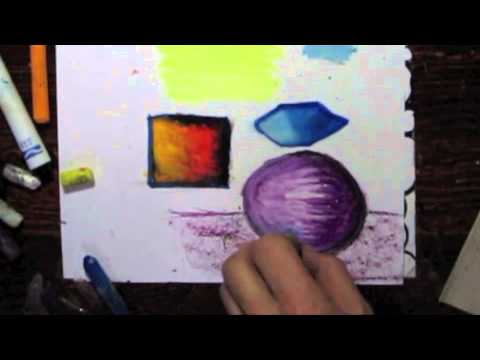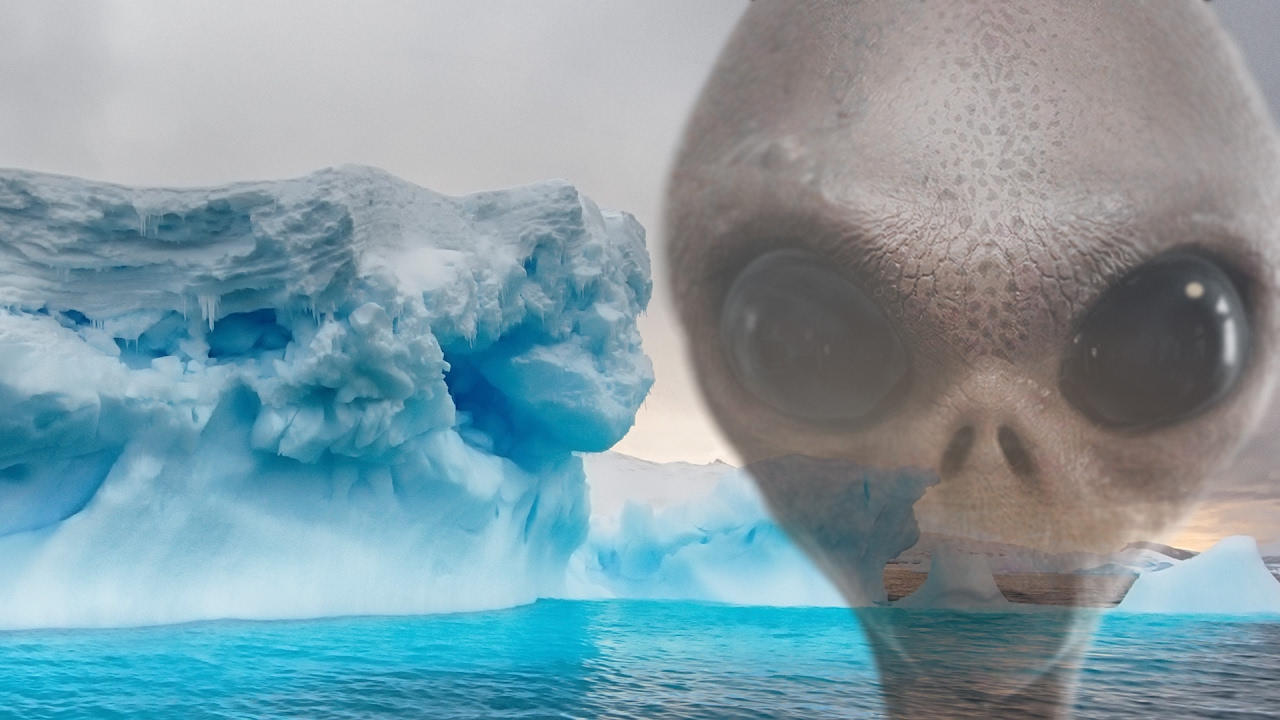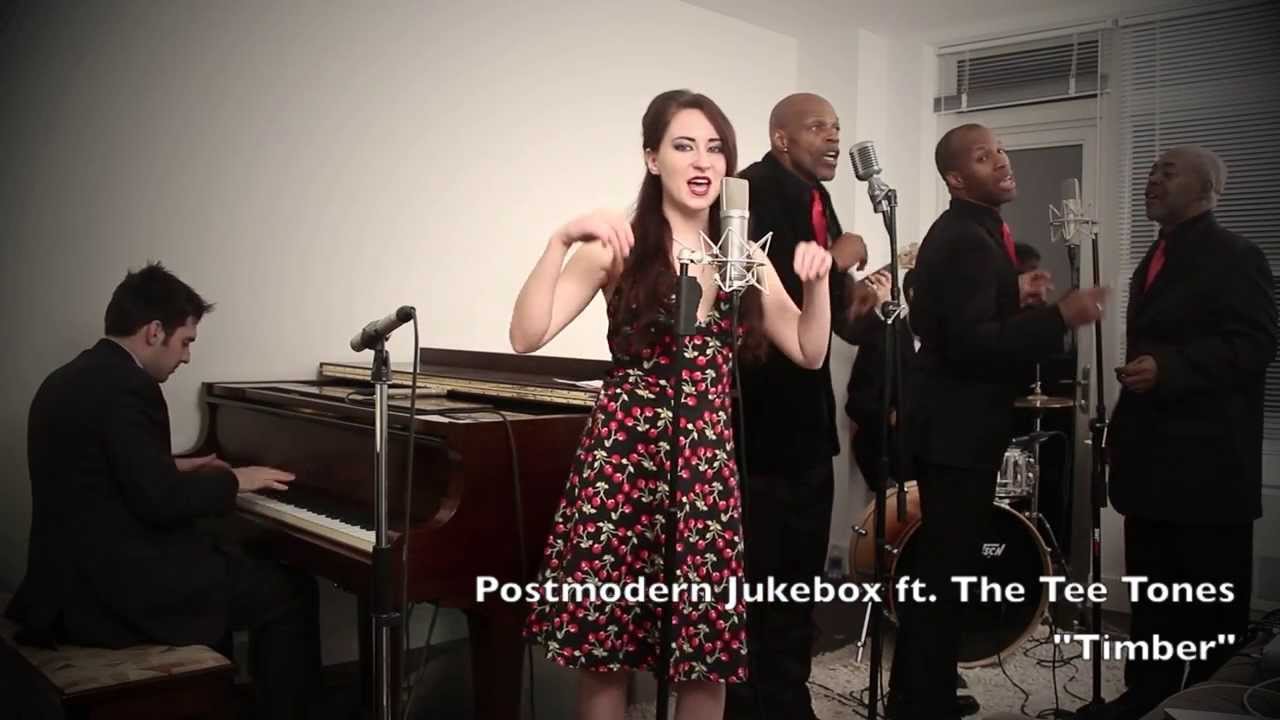Green Sea Turtle – Art Lesson Plan-K-5 – Part 2 – Color Theory – Warm and Cool. Colors Subject/Grade Art/K-5th. See Part 1 @ http://www.youtube.com/watch?v=5XVSWI_rdxs&list=UUP-iKB3Er8J60DvINAs5Dgg
STANDARD(S)/OBJECTIVES WITH MEASURABLE GOALS – (Tennessee)
1.1.1 through 5.1.3 TLW practice the use of selected tools and art materials in a safe and responsible manner (including cleanup procedures)
K.1.3 through 5.1.1 TLW use selected tools and materials to create a work of art.
1.1.8. through 5.2.1 TLW explore and experiment with a combination of art elements and principles
TLW create a sea turtle, background, and border with warm and cool colors using oil pastels.
TLW discuss endangered species and ways to recycle.
MOTIVATING STUDENTS
View video of Green Sea Turtle taken in Hawaii. Discuss environmental issues involving endangered species. Show Frog on a Lotus Leaf by Hsiang Sheng-mo. Show authentic turtle shell. Discuss food chain and importance of the sea turtle in relation to seafood we eat.
MATERIALS/RESOURCES USED
Video=brief underwater scuba video of sea turtle
Recycling Chart=Cloth and plastic bags
Books about sea turtles
Turtle shell sample from nature and images
Oil pastels
Sharpies
paper
Rubric
Objective
VOCABULARY
Warm color, cool color, pattern, hexagon, endangered species, border, and recycling.
ESSENTIAL QUESTIONS:
How can I create a turtle and a background using warm and cool colors?
How do artists use borders?
What can I do to help this endangered species?
Why is recycling important?
PRIOR KNOWLEDGE AND SUB-SKILLS
TLW remember the vocabulary words: border, warm colors, cool colors, and pattern.
TLW blend colors.
TLW remember compositional technique of having their work go off the page.
TLW fill the page and work with a background and pattern.
TLW remember how to draw an oval, curved lines, and straight lines.
ACCOMMODATIONS OR MODIFICATIONS
Students will be reminded about the permanence of Sharpies.
Students who require the assistance of a paraprofessional will be accommodated.
Students who struggle to pay attention will be allowed to move to a seat where focusing is easier. One student requires teacher to wear a hearing device. Directions will be explained visually, auditorally, and kinesthetically for students who learn differently.
ACTIVITIES AND STUDENT WORK: WHAT ACTIVITIES WILL BE IMPLEMENTED?
1. View video
2. Pass around turtle shell
3. View exemplars
4. View objective
5. View rubric
6. Draw with pencil and Sharpie
7. Create border
8. Blend oil pastels
9. Check work against rubric
ASSESSMENT, REFLECTION AND CLOSURE:
TTW ask students to respond & give feedback in the art making process. TTW asks students to state objective in their own words. Grades taken.
TLW explains endangered species and explains what he or she can do to help.
TTW lead in class critiques. All feedback will be considered in the learning process. This will help each student possibly see areas of improvement and find strong or weak points in their art.
TTW give the student opportunities to analyze, brainstorm and reflect during art making and group discussion to exercise critical thinking and problem solving.
Artifact, Modeling, Reflection, Self-Assessment, Self Evaluation, Whole-class Responses
Closure:
After students mount works they can make an “artist statement” card where they can describe the process they used and the choices they made in their works.
Cross-Curricular Activities/Connections:
Environmental Science: Recycling/Endangered species.
Science: Anatomy of a sea turtle.
Vocabulary: Language Arts
Student Rubric
• I created a sea turtle.
• I blended at least two colors together.
• I used cool colors and warm colors.
• I created a border around my art.
• I listened and understood what an endangered species is.
• I can describe what I can do to recycle.
• I can tell you why I should recycle.
• I put my name and section on the back of my art.
Nikki Mo
Source



